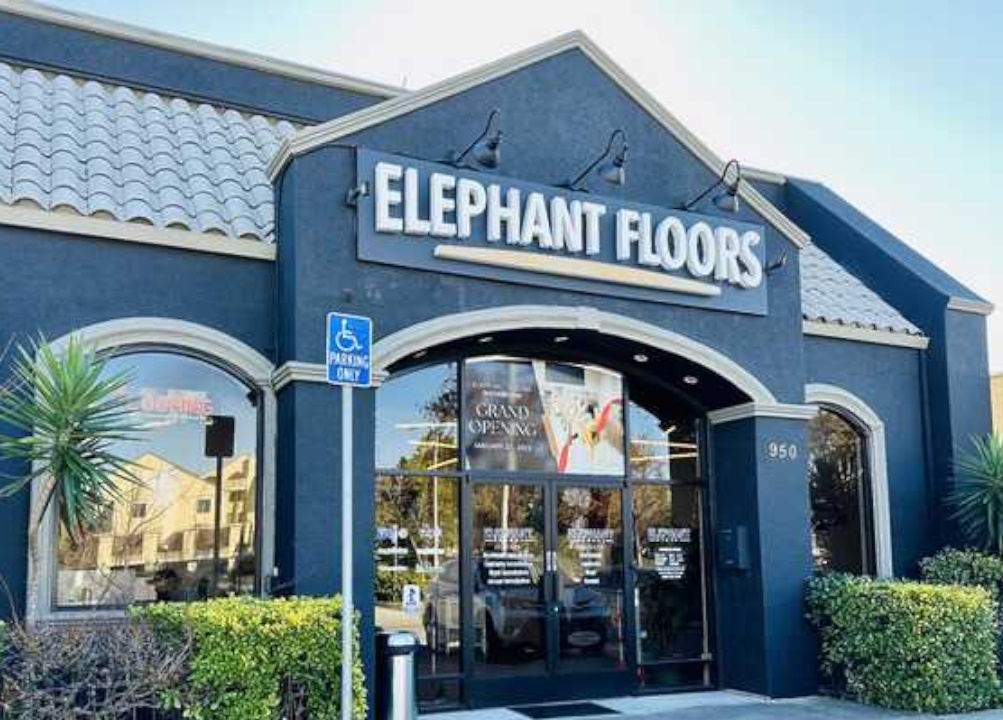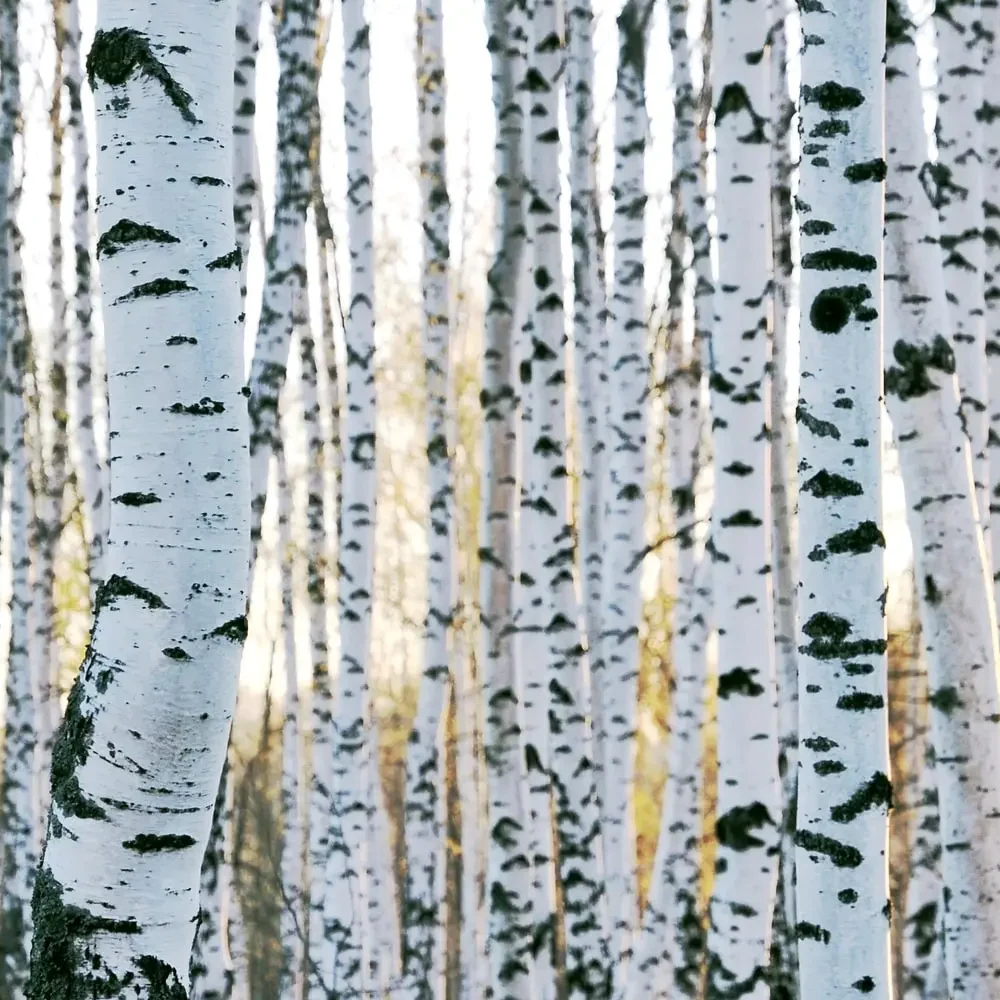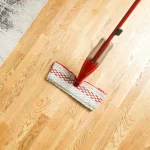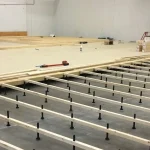- October 25, 2024
Birch is classified as a hardwood because it comes from deciduous trees that lose their leaves annually. It typically has a dense, strong wood structure, making it suitable for various furniture and flooring applications.
Is Birch a Hardwood?
When discussing wood types, the classification of hardwood versus softwood often arises, leading to questions about specific species like birch. Understanding whether birch is considered a hardwood involves delving into its characteristics, uses, and how it compares to other wood types regarding durability and appearance.
What Is Hardwood?
Hardwoods come from deciduous trees that shed their leaves annually. These woods generally have a denser structure than softwoods, making them suitable for various applications that require durability and strength. Common characteristics of hardwoods include a more complex grain pattern and a variety of colors and finishes.
Also Read: How Much Does Hardwood Flooring Cost
Characteristics of Birch
Birch has distinctive characteristics that make it a popular choice for various applications. Here are some key features:
- Density: Birch has a medium density from 600 to 750 kg/m³, providing a good balance of strength and weight.
- Grain: The wood usually has a fine, even grain that can be straight or slightly wavy, making it suitable for intricate designs and finishes.
- Color: Birch typically exhibits a pale yellow to white hue, with some species displaying reddish or darker streaks, offering versatility in aesthetics.
- Texture: The texture is smooth. It is best for a clean finish, which is particularly desirable in furniture and cabinetry.
- Workability: Birch is relatively easy to work with, whether cutting, sanding, or finishing, making it a favorite among woodworkers.
- Durability: While not as hard as some hardwoods like oak or maple, birch is still quite durable and resistant to wear, suitable for many applications.
- Finishing: Birch takes stains and finishes great. It enables it to mimic the appearance of more expensive wood.
- Moisture Resistance: Certain species of birch, such as yellow birch, have better moisture resistance, making them suitable for kitchen and bathroom applications.
These characteristics contribute to birch popularity in furniture making, cabinetry, flooring, and combining aesthetic appeal with functionality.
Types of Birch
There are several types of birch, each with unique characteristics and uses. Here are some of the most common:
- Yellow Birch (Betula alleghaniensis): Attractive golden-brown color and dense wood. Yellow birch is used in furniture and cabinetry.
- White Birch (Betula papyrifera): Often recognized for its striking white bark. White birch is used in decorative applications. White birch is common for plywood and furniture.
- River Birch (Betula nigra): This tree is known for its ability to thrive in wet conditions. It features peeling bark and is common in landscaping.
- Silver Birch (Betula pendula): Common in Europe, silver birch has white bark and a graceful, slender appearance. Its wood is popular for furniture and flooring.
- Black Birch (Betula lenta): This species has a darker wood with a rich, sweet scent. It is often used for cabinetry and has medicinal properties.
- Dwarf Birch (Betula glandulosa): It is a small, shrubby species found in northern regions. Dwarf birch is for ground cover in gardens and landscapes.
Each type of birch has its own unique aesthetic and functional properties, making them suitable for various applications.
Uses of Birch
Birchwood is highly valued for its versatility and attractive appearance, making it suitable for various uses. Here are some applications:
- Furniture: Birch is frequently used in crafting furniture such as tables, chairs, and cabinets due to its durability and smooth grain.
- Cabinetry: Its strength and resistance to moisture make birch an excellent choice for kitchen and bathroom cabinets.
- Flooring: Birch hardwood flooring is popular for its aesthetic appeal and durability, providing a warm, inviting look.
- Plywood: Birch plywood is renowned for its strength and stability. It is widespread in construction, furniture, and cabinetry.
- Veneer: Birch veneer is to create attractive finishes on less expensive materials, looking for solid wood.
- Musical Instruments: Some instruments, like drums and pianos, utilize birch for its excellent acoustic properties.
- Turnery and Crafts: Birch is popular among woodworkers for turning and crafting due to its fine grain and shaping.
- Bark Uses: The bark of certain birch species is used in traditional crafts, including baskets and canoes, and for decorative items.
- Paper Production: Birchwood is processed for paper manufacturing.
- Landscaping: Certain birch species are used in landscaping for their ornamental value and attractive bark.
- Art and Crafts: Birch is popular among artisans for creating decorative objects, sculptures, and turned items due to its fine grain and workability.
- Toys and Educational Materials: Birch is perfect for crafting safe, non-toxic toys and educational materials, appealing to eco-conscious consumers.
- Sustainable Products: With a growing emphasis on sustainability, birch is a great option for eco-friendly products, including home goods and crafts.
These diverse applications highlight birch’s significance in functional and aesthetic realms.
Comparison with Other Wood Types
When comparing birch to other hardwoods, several factors come into play:
- Durability: While birch is durable, it does not quite match the hardness of woods like oak or maple. For instance, red oak has a Janka hardness rating of around 1,290 lbs, while birch typically falls between 1,200 and 1,350 lbs, depending on the species. So birch is reasonably tough but may show wear more quickly than harder woods.
- Appearance: Birch has a light color and fine grain. It is an attractive option for modern and minimalist designs. In contrast, woods like walnut and mahogany offer darker, richer tones and more pronounced grain patterns, appealing to different aesthetic preferences.
Also Read: How to Remove White Water Stains from Wood Floors
- Cost: Birch is often more affordable than premium hardwoods like cherry or mahogany, making it an attractive option for budget-conscious consumers looking for quality.
- Finishing: Birch accepts stains and finishes firmly, allowing it to mimic the appearance of other expensive hardwoods. This versatility makes it a favorite for designers looking for cost-effective alternatives.
How Does Birch Become Hardwood for Floors? Step-by-step Transformation
Transforming birch into hardwood flooring involves several key steps, from tree selection to the final installation. Here is a detailed overview of how birch becomes hardwood for floors:
Selection and Harvesting
- Tree Selection: Mature birch trees, typically 30-50 years old, are selected based on their health, size, and quality.
- Felling: The trees are cut using chainsaws or machinery, ensuring sustainable practices to minimize environmental impact.
Transporting Logs
- After felling, the logs are transported to a sawmill. This may involve trucking or floating the logs.
Debarking
- At the sawmill, the logs are debarked to remove the outer layer of bark. This step is essential for preventing rot and preparing the wood for processing.
Sawing
- The debarked logs are cut into rough boards or planks. It can include various cuts to achieve the desired thickness and width for flooring.
Drying
- The cut planks undergo drying to reduce moisture content, which is critical to prevent warping and cracking. There are two main methods:
- Air Drying: The planks are stacked in a well-ventilated area for several months.
- Kiln Drying: The planks are placed in a kiln where temperature and humidity are controlled for faster drying.
Planing
- The planks are planed to achieve a uniform thickness and smooth surface. This enhances their appearance and prepares them for finishing.
Grading
- The planks are graded based on quality, appearance, and defects. Higher grades are selected for visible flooring, while lower grades may be for underlayment or less visible areas.
Finishing
- The graded planks receive finishes such as stains, sealants, or protective coatings. It enhances natural beauty and protects against wear and moisture.
Cutting to Size
- After finishing, the planks are cut to standard flooring sizes (e.g., strips, planks, or tiles) for installation.
Packaging and Distribution
- The finished birch flooring is packaged and prepared for distribution to retailers or consumers.
Installation
- The flooring can be installed in various ways, such as nail-down, glue-down, or floating installations.
Which Hardwood You Should Use? Is Birch the Right Choice?
Choosing the right hardwood for your project depends on various factors. Here is a breakdown to help you decide if birch is the right choice or if another hardwood might be better:
Considerations for Choosing Hardwood
1. Aesthetic Appeal:
- Birch: Known for its fine grain and light color, birch offers a modern and clean look, making it great for contemporary designs.
- Alternative Hardwoods: If you prefer darker tones, consider walnut or oak.
2. Durability:
- Birch: While birch is durable, it is not as hard as some hardwoods like oak (1,290 lbs) or hickory (1,820 lbs). It is suitable for most furniture and cabinetry. But, this may show wear over time in high-traffic areas.
- Alternative Hardwoods: Oak or maple may be better options due to their superior hardness for high-traffic areas.
3. Workability:
- Birch: Birch is easy to work with, making it a favorite among woodworkers for detailed craftsmanship and fine finishes.
- Alternative Hardwoods: Other hardwoods are easy to work with but can be more expensive.
4. Moisture Resistance:
- Birch: Some species, particularly yellow birch, offer decent moisture resistance. It is suitable for kitchen and bathroom applications.
- Alternative Hardwoods: Teak or mahogany are excellent for areas with higher moisture levels due to natural oils.
5. Cost:
- Birch: More affordable than cherry or walnut, making it a budget-friendly option for furniture and cabinetry.
- Alternative Hardwoods: Maple or poplar may also be alternatives.
When You Should Choose Birch
- Furniture and Cabinetry: If you are looking for a strong, aesthetically pleasing wood that is easy to work with.
- Plywood and Veneers: Birch stability makes it a top choice for plywood and veneers.
- Modern Interiors: Its light color and smooth grain fit well in contemporary design schemes.
When to Consider Other Hardwoods
- High-Traffic Areas: Consider oak or hickory for flooring or furniture that will endure heavy use.
- Specific Aesthetic Preferences: If you desire richer colors or more dramatic grain patterns, look to walnut or cherry.
Birch is ideal for many projects, especially if you value a light, modern aesthetic.
Conclusion
Birch is a hardwood, characterized by its density, fine grain, and pale coloration. Its versatility makes it a popular choice for furniture, cabinetry, flooring, and more. While it may not be as hard as some other hardwoods, it remains a favored material in woodworking and design. Considering birch for your next project or curious about its qualities? Understanding its attributes helps to appreciate this beautiful and functional wood.
Transform your home with the timeless beauty of birch hardwood flooring. At Elephant Floors, we offer a wide selection of high-quality birch options to suit your needs.
Visit Elephantfloors.shop today to explore our collection. Find the perfect flooring solution for your home. Your dream floors are a click away!




